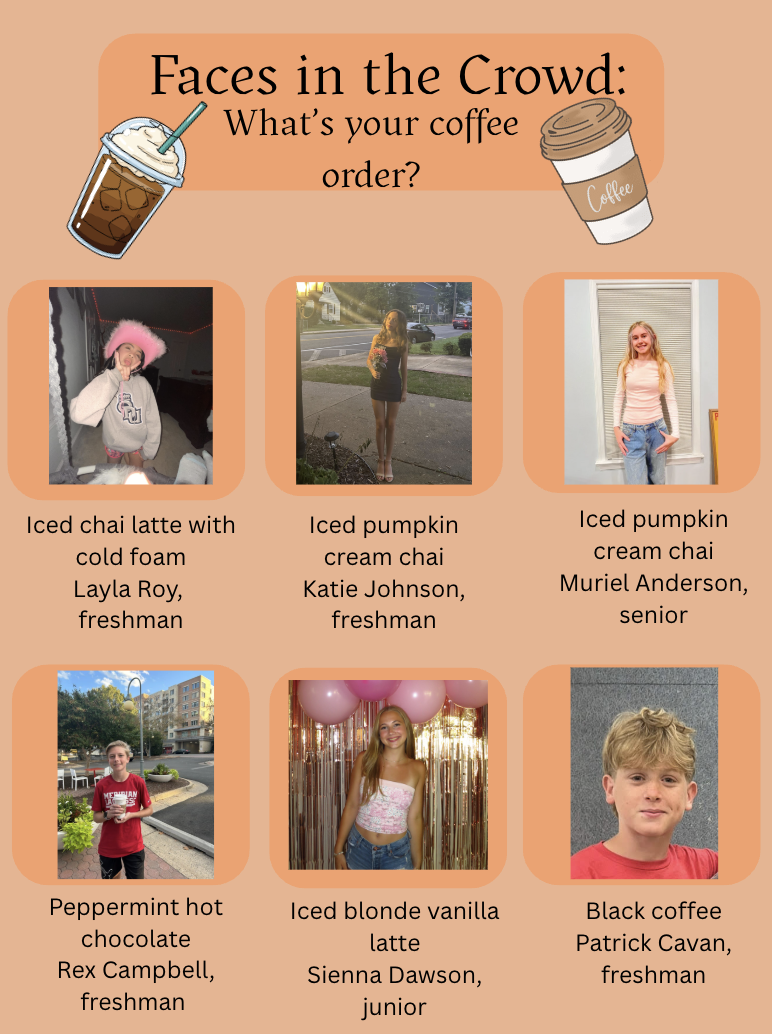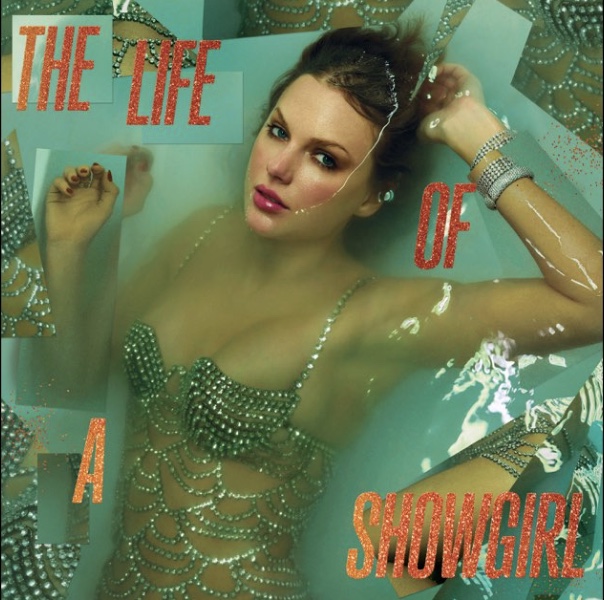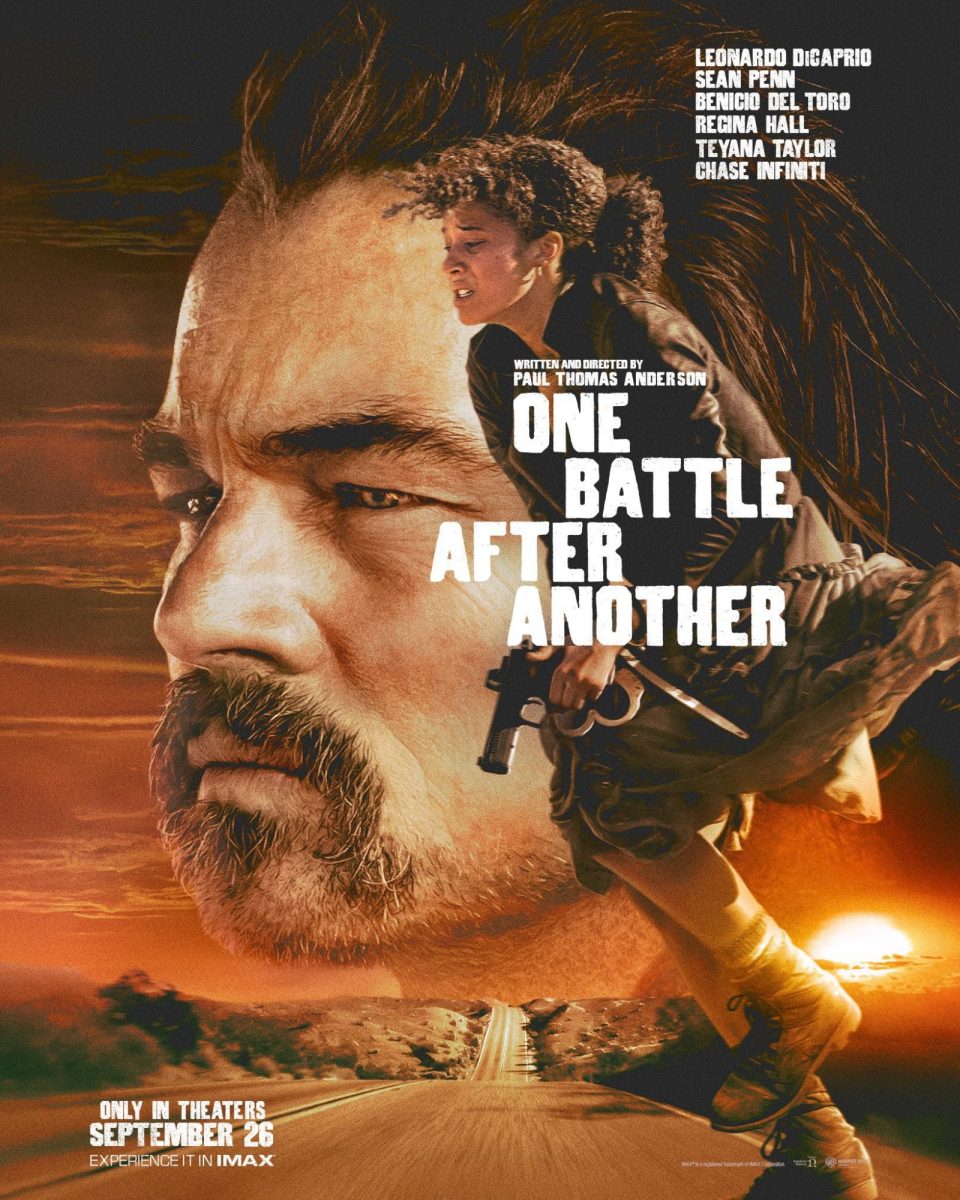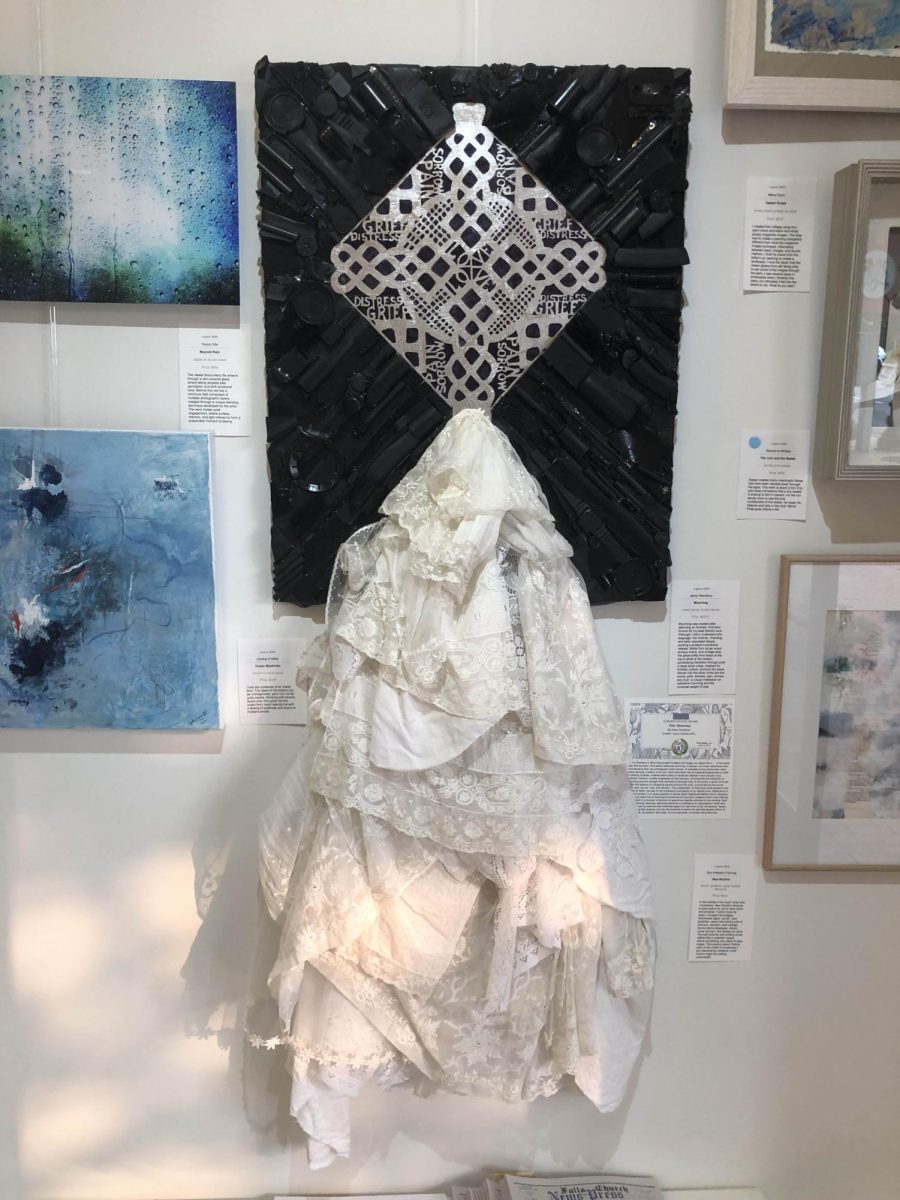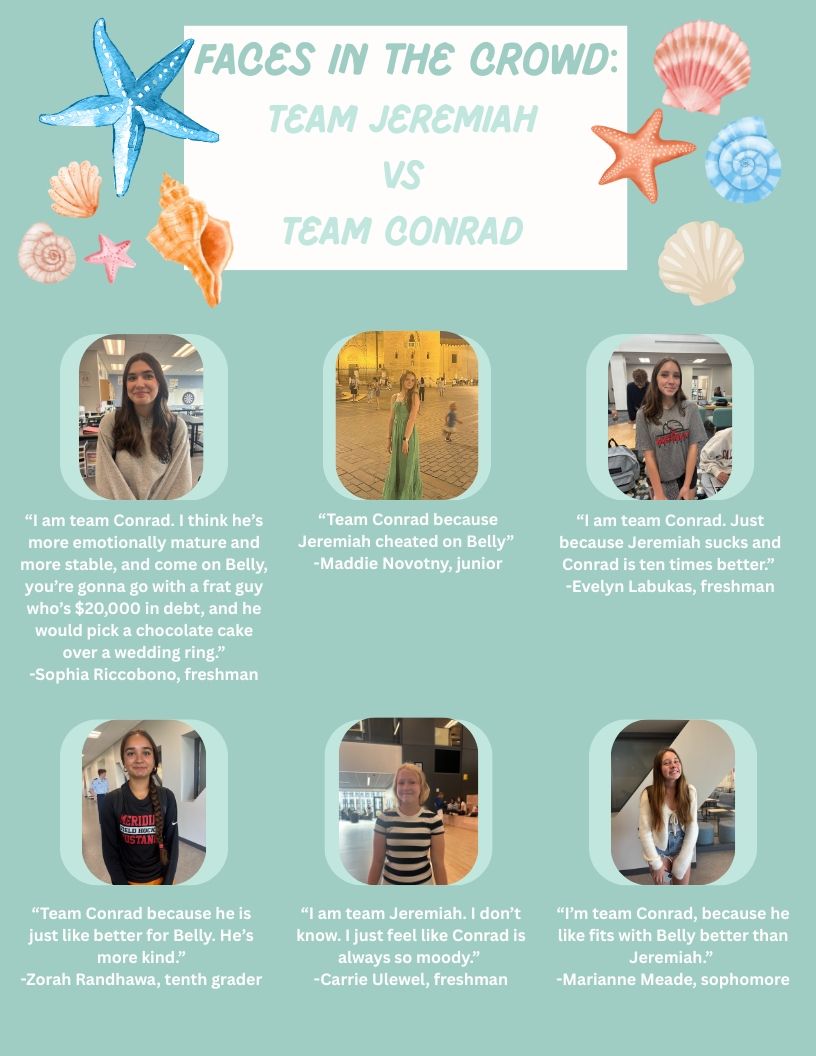“I want students to know they are meant to feel welcome here,” Senior Freddie Bruner said.
I was sitting on a bright red stool next to Freddie, de facto leader and facilitator of the MakerSpace, in a room bursting with materials and tools.
To my left were drawers stuffed with fabric supplies, sewing supplies and cutting boards. There was a cabinet packed full of calligraphy and art materials. In one corner was an electronic station and in another were power tools. The tables were strewn with metals and screws. There were three 3-D printers in front of me, and a green screen behind me.
[huge_it_gallery id=”46″]
As I eagerly looked around the MakerSpace, which is situated at the back of Mason’s library, I could not help but ask myself why I had never come in here before.
“Over the past couple of years it has been an area where students every once in a while looked around and tried to engage in 3-D printing. But for the most part, it has been a space where Robotics has flourished,” Bruner said.
Bruner has worked hard to erase the notion that the MakerSpace is limited to certain students and groups. He is a student liaison between the technology department and the student body at Mason, constantly working to make the MakerSpace a more useful and accessible place for all students.

After a discussion with Technology Coordinator Mr. Steve Knight at the beginning of the year, he was able to make the MakerSpace a block in his schedule, which has allowed him time to improve the room.
“Students might have felt intimidated to use the space [in the past],” Bruner said. “My goal is to make this place centered not just on Robotics, but everything creative.”
To make the space more inviting and comfortable, Bruner has spent hours organizing the room and its various tools, discarding unwanted materials, setting up the green screen, and fixing LED lights on a sign above the door, among many other tedious jobs.
“One time I spent a week just drilling holes in the wall for a pin board,” he mentioned.
He also led an event for a Mustang Rodeo where he taught students how to build basic electronics, and how to make the perfect paper airplane.
Additionally, he applied for a PTSA grant for over $300 dollars. The money was awarded to the MakerSpace and has since been used to buy arduino kits. These useful beginner electronic kits include wirers, coding materials, and pin boards for setting up circuits.
The MakerSpace was originally created in 2015 as a result of a grant given by the Falls Church Education Foundation (FCEF). The FCEF has contributed $86,000 to the MakerSpace projects.
“The FCEF wanted to fund a space for students to create and explore without limits,” Debbie Hiscott, Executive Director of FCEF said.
Many unique and creative projects have been conducted by students using the room’s resources.
Bruner himself built a helmet made entirely from a 3-D printer, Sophomore Andrew Blenke made a gaming console that plays retro video games, and the Robotics team built a robot that won 12th place at the World Championship in 2016. Currently, the Robotics team is using the space for the 2018 competition.
Additionally, many students have used the green screen for school projects.
“The Lasso TV uses the green screen a lot – it’s nice because it can be picked up and moved around. I’m glad we are able to use that space for our projects,” senior Lasso TV staff member Jack West said.
In years past, there has been controversy surrounding the practicality and accessibility of the MakerSpace. One argument is that the money could have gone elsewhere, but I think the people who have complained the most are the ones who have never taken a step inside. As I sat in that room, surrounded by creativity, I could not help but feel inspired to learn and create myself.
There has been a long running dialogue at Mason about all the things that need to be fixed within the school. While it is important to express concerns and promote changes, it is equally important to acknowledge and utilize the opportunities we have. Right here and now.
With the help of the FCEF, and students like Bruner, the MakerSpace is continuing to evolve into a unique and inclusive resource that all students are able to use.



